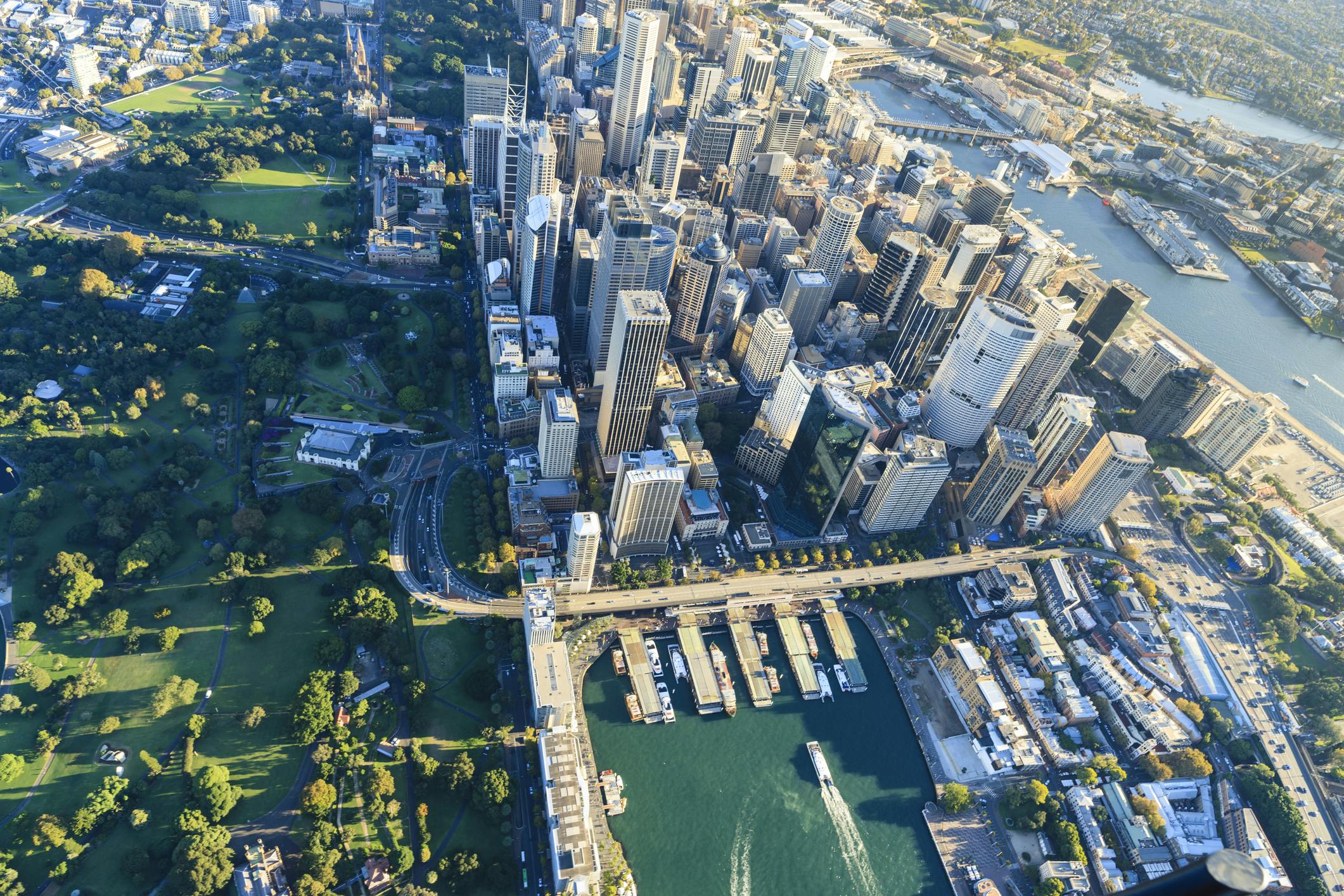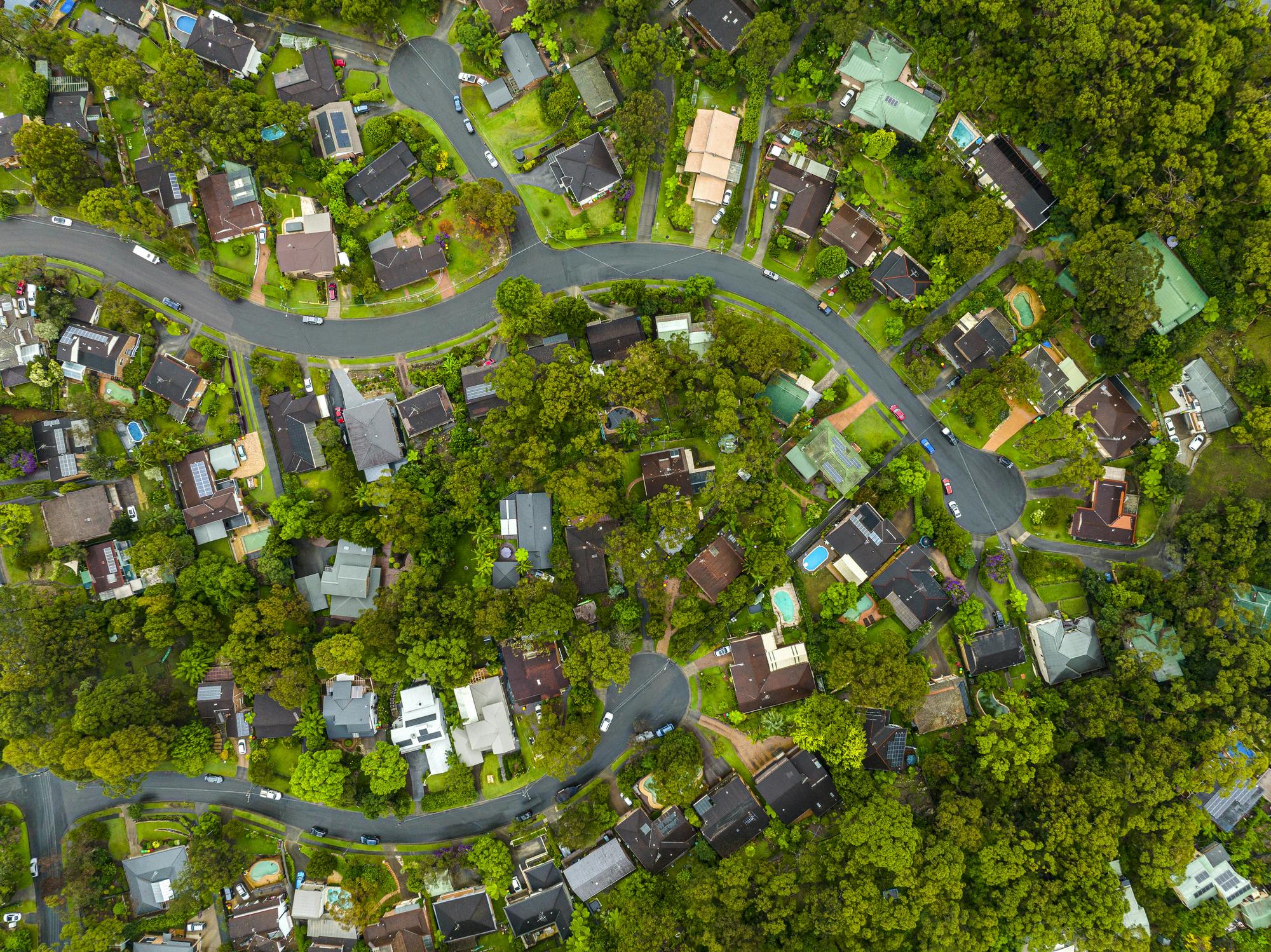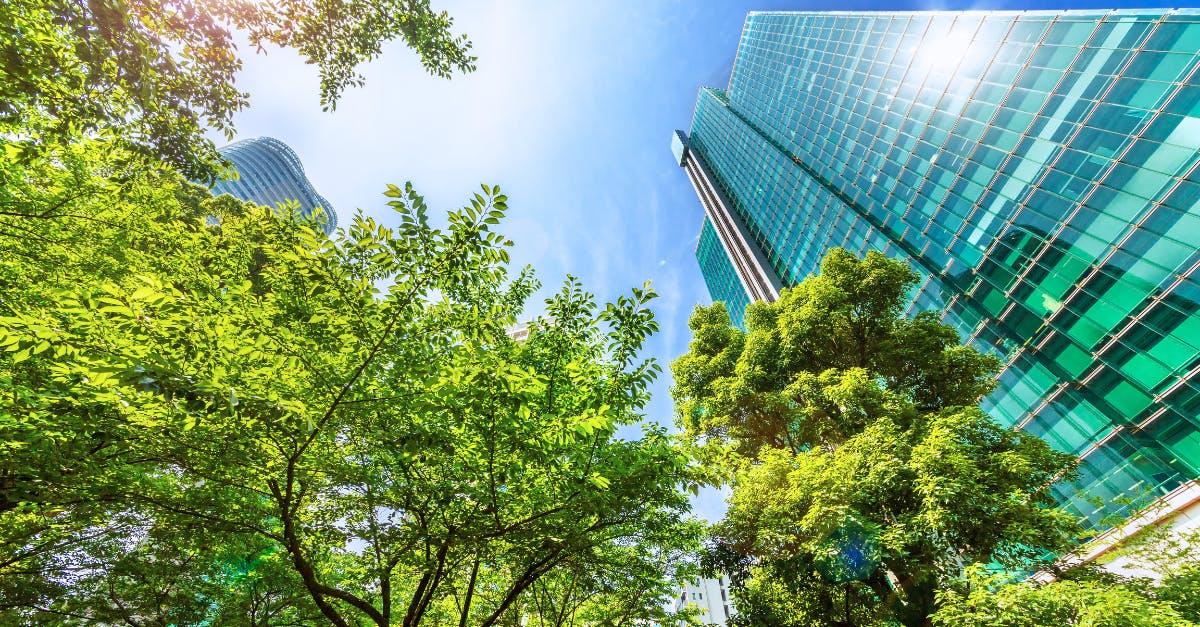
Liveable Cities Newsletter - June 2025
Written by
Dr Jenni Garden, Principal Consultant - Ecology and Liveable Cities Lead
Our Liveable Cities newsletter is your go-to source for stories, ideas, and strategies that help shape urban environments into thriving, resilient, and nature-positive spaces.
The content below is just an extract from the full newsletter.
To access the full version, subscribe to our newsletter today.
A note from Dr Jenni Garden
This year’s International Day for Biological Diversity (22 May) and World Environment Day (5 June) were powerful reminders that cities must be champions for environmental action - not just by cutting waste, but by actively restoring and regenerating nature in our urban spaces.
As Australia’s cities continue to expand, the message is clear: weaving green infrastructure and nature-positive thinking into every layer of urban planning is essential for climate resilience, biodiversity, and community wellbeing.
With more than 67% of the world’s population now calling cities home, urban areas are at the cutting edge of environmental, social, and economic innovation. Cities have a unique opportunity to lead the charge toward a sustainable future - embracing green infrastructure, sustainable transport, circular economy solutions, and smart technologies.
The future depends on accelerating local action to embed biodiversity in urban planning, policy, and community life - ensuring our cities thrive for generations to come.
We love sharing the latest liveable cities stories with our growing community! If you have news, projects, or successes to celebrate, please get in touch. And if you know someone who’d enjoy a dose of Liveable Cities inspiration, feel free to pass this newsletter along to your urban sustainability-loving colleagues.
Dr Jenni Garden
Principal – Ecology and Sustainable Cities Lead
Aussie Spotlight

Green infrastructure gains momentum
Australia is at a turning point. With the National Urban Policy, the GBCA Nature Roadmap, the National Urban Green Infrastructure Round Table, and the IPWEA’s asset management project all converging in 2025, the foundations are being laid for cities that not only sustain but regenerate nature.
The challenge now is to embed these principles into every decision, ensuring that green infrastructure is valued, funded, and maintained as essential urban assets.
GBCA Nature Positive Roadmap for New Developments: Raising the Bar for Nature in the Built Environment
Now open for public comment, the Draft Nature Positive Roadmap sets ambitious benchmarks for nature regeneration and biodiversity in development, calling for the integration of Indigenous knowledge and Western science to actively enhance urban nature. The public consultation period is open from 26 June to 30 August – so jump online and have your say!
Discover the Roadmap and provide feedback here.
National Urban Policy: A Framework for Sustainable Growth
Released in late 2024, Australia’s new National Urban Policy sets a transformative vision for sustainable, equitable, and climate-resilient cities; prioritising green infrastructure to address challenges like housing affordability, urban heat, biodiversity loss, and equitable access to green space.
Learn more about the Policy here.
National Urban Green Infrastructure Round Table: Sector-Wide Action
Twelve peak industry bodies have united to form the National Urban Green Infrastructure Round Table, releasing Australia’s first industry-supported position statement on urban green infrastructure.
Nature-Positive Cities in Practice

Resilient Sydney: Resilient Sydney Strategy 2025 - 2030
Sydney has launched its second-generation resilience strategy, building on the foundation of the original 2018 plan, marking a major step forward in preparing the city for future challenges.
It provides a clear roadmap for collaborative action through to 2030, with a strong focus on implementation.
Access the Strategy here.
Bradfield City Centre: Leading with Nature-Positive Urbanism
One of Australia’s largest urban developments and the first new major city in over 100 years, Bradfield City Centre (BCC) in Western Sydney is setting a new standard for nature-positive and climate-resilient urban development.
Guided by its Sustainability and Resilience Strategy 2024-2028, Bradfield will dedicate over 30% of its area to open space and target an average 40% tree canopy cover, integrating green infrastructure such as green roofs, rain gardens, and swales throughout the precinct.
Learn more about BCC here.
Transform the built environment with our integrated sustainability services. From planning to deconstruction, we collaborate with clients for positive change.
International Spotlight

Cities around the world are also demonstrating the transformative power of integrating nature into urban infrastructure:
Singapore
The Singapore Green Plan 2030 is a whole-of-nation strategy to accelerate sustainable development and achieve net-zero emissions by 2050, aligned with the UN Sustainable Development Goals and Paris Agreement. Key targets include planting one million trees, quadrupling solar energy by 2025, reducing landfill waste by 30% by 2030, and requiring all new cars to be cleaner-energy models from 2030.
Europe
After five years of collaboration, The Nature Conservancy’s Europe Urban Greening Team released its final program report, capturing key insights from efforts to enhance urban environments across Germany.
The report highlights lessons learned and identifies opportunities to scale nature-based solutions (NBS), supporting cities and communities across Europe in adapting to a changing climate.
Upcoming sustainability conferences
Australia
The Biodiversity Conference 2025
28–30 October 2025, Perth, Australia
Theme: Nature Positive
This conference brings together experts and practitioners to showcase biodiversity achievements and share knowledge on nature-positive solutions for Australia’s urban and regional environments.
TreeNet Symposium 2025
September 2025, Adelaide, Australia
Theme: Urban Trees for All
The annual TreeNet Symposium convenes urban forestry professionals, researchers, and local governments to share research, case studies, and best practices in green infrastructure, water- sensitive urban design, and sustainable urban tree management.
International Conference on Smart City and Green Energy
9–12 December 2025, Melbourne, Australia
Focuses on innovative technologies and policies for smart, green urban environments.
International
World Climate and Biodiversity Summit 2025
25 September 2025, New York City, USA
Theme: Uniting for Impact: Innovative Solutions for Climate and Nature
A global summit advancing biodiversity restoration and nature-based solutions, held alongside Climate Week NYC.
SSPCR 2025 – Smart and Sustainable Planning for Cities and Regions
9–12 December 2025, Bolzano, Italy
An international forum for sharing solutions on resilient, equitable, and environmentally responsible urban planning.
A-Tree-Citation
This issue’s A-Tree-Citation is provided by our Marketing Manager, Rachael.
I’ve chosen to dedicate this A-Tree-Citation to the humble, all-too familiar Australian Gum Tree (Eucalyptus sp.).
Well known to those who have been lucky enough to pass through this beautiful Country, the Gum Tree really forms part of the Australian landscape and for me, provides a sense of strong familiarity and sense of comfort, knowing – ah yes, I am home!
Heavily inspired by my dad’s love for them, through our camping trips in what felt like the middle of nowhere, he always taught us to stop, pause, listen, and observe the wonder that is the Australian bush. A big part of that was always the incredible Gum trees. Their durability, adaptability and timelessness.
There’s something special about walking through them, scrunching up fallen leaves and smelling them, and many of them seemingly look like they touch the sky. Upon doing a quick google search, some species of Eucalyptus can grow over 90 metres tall!
Having found the photos below, I asked my dad, “What has drawn you to these trees and what made you want to rest your hand upon it?”
He said simply,
“This particular tree stood out to me, I wanted to feel it’s power, its timelessness, it’s age. Who knows, it’s probably three generations older than me.”
Photo credits: Kevin De Costa captured in The Blue Mountains.

If you'd like to share your news, projects, and successes feel free to get in touch with Jenni Garden directly or contact us here.
What we do
As experts in the full spectrum of sustainability topics, we are here to guide you through the complexity. Our team includes specialists from across the globe; from strategists to economists, engineers to creatives. Since 2008, we have been helping businesses, organisations, industries and societies make transformation happen.
Our areas of expertise are focused around the following areas:
Leadership and Transformation
ESG and Strategy
Decarbonisation and Climate Resilience
Circular Economy and Lifecycle Thinking
Procurement and Supply Chain
Nature and Biodiversity
Brand, Communications and Creative
RECENT NEWSLETTERS





